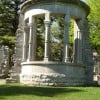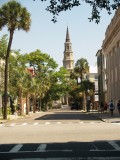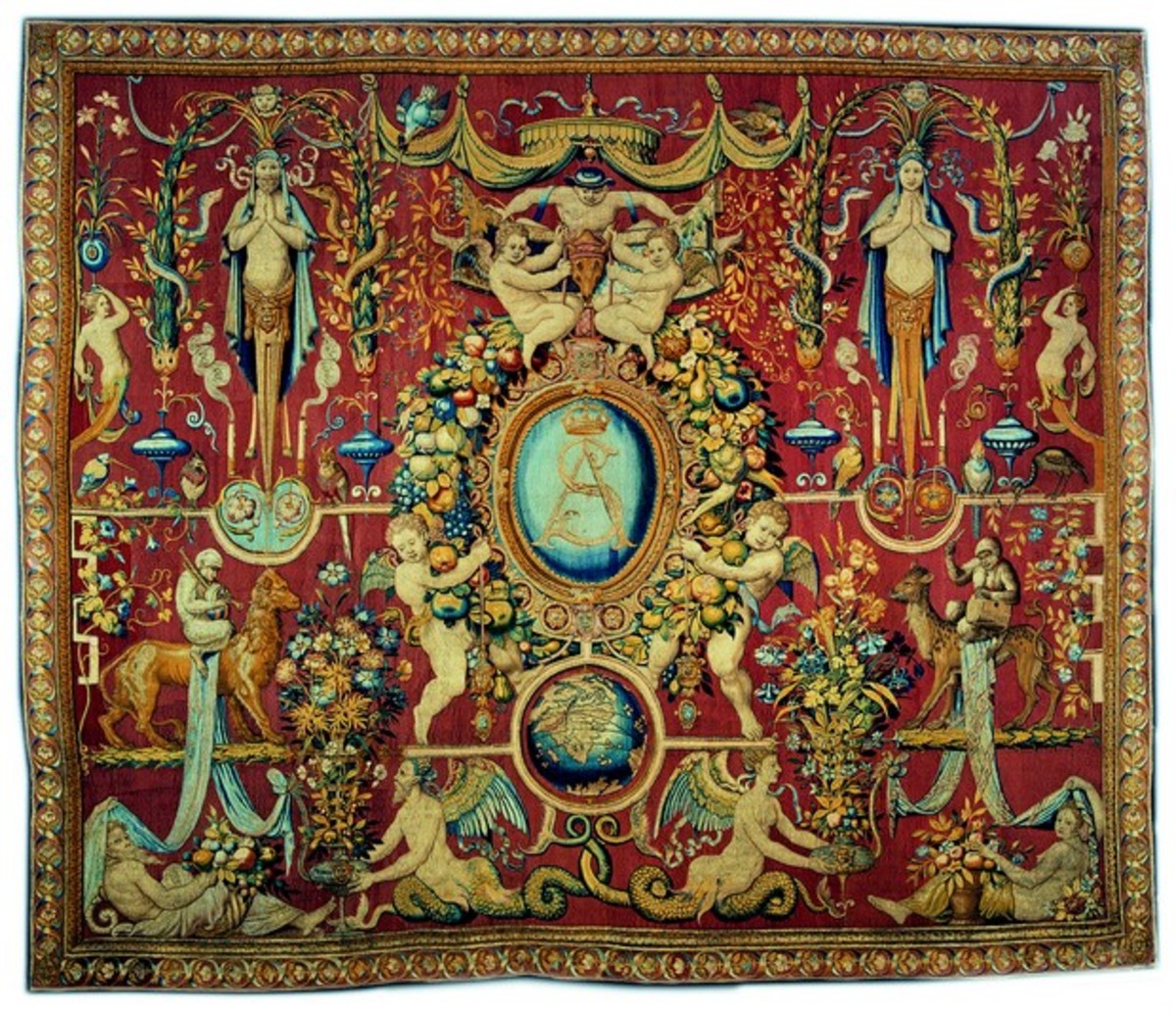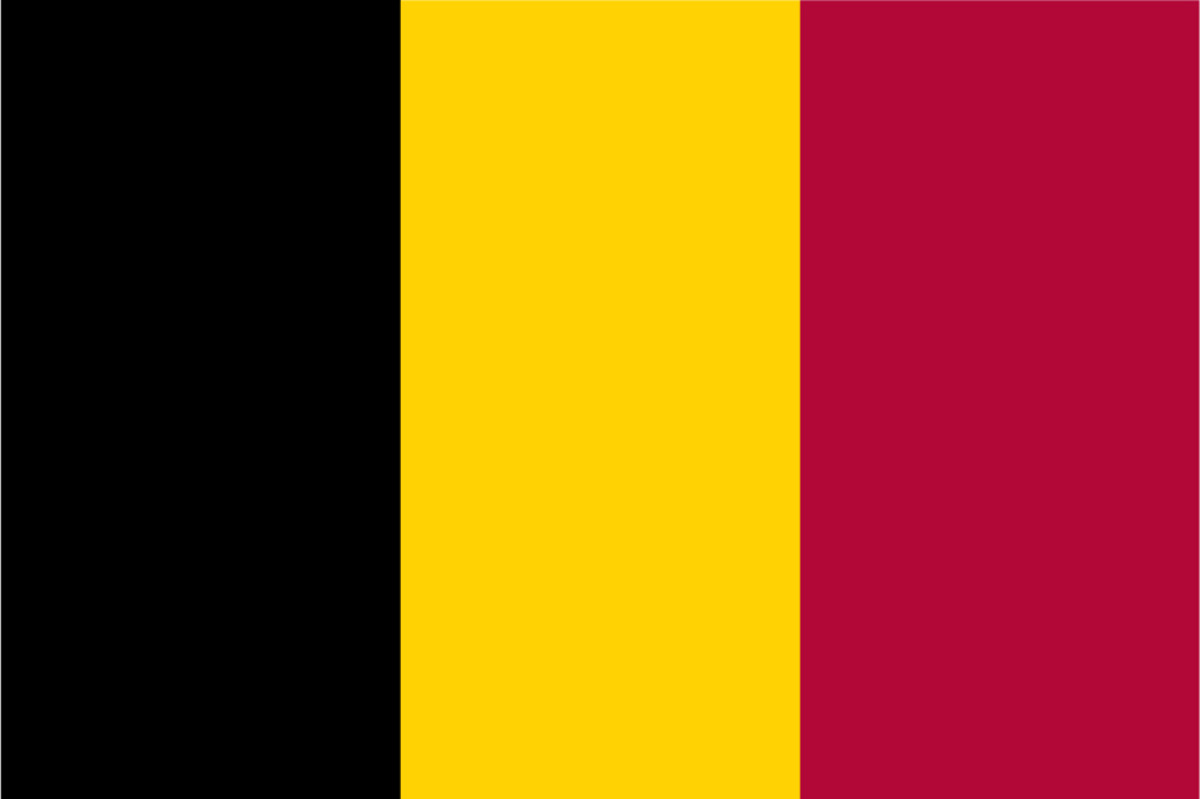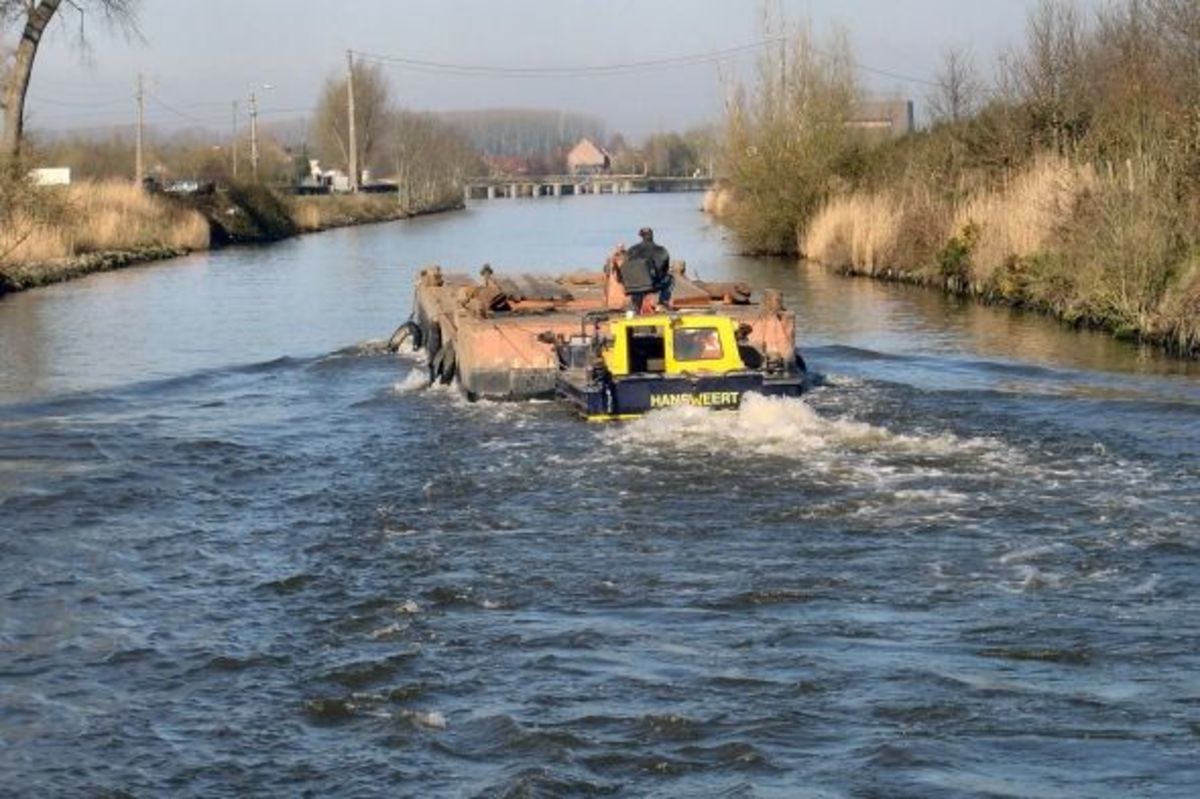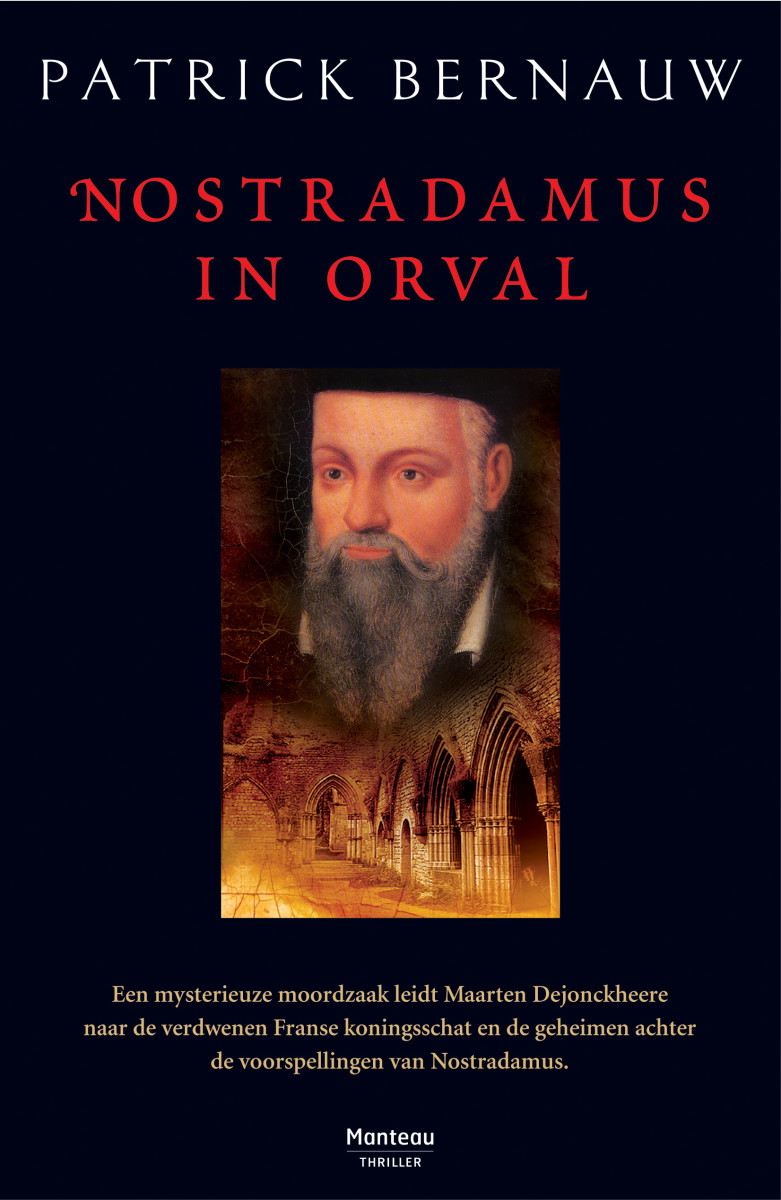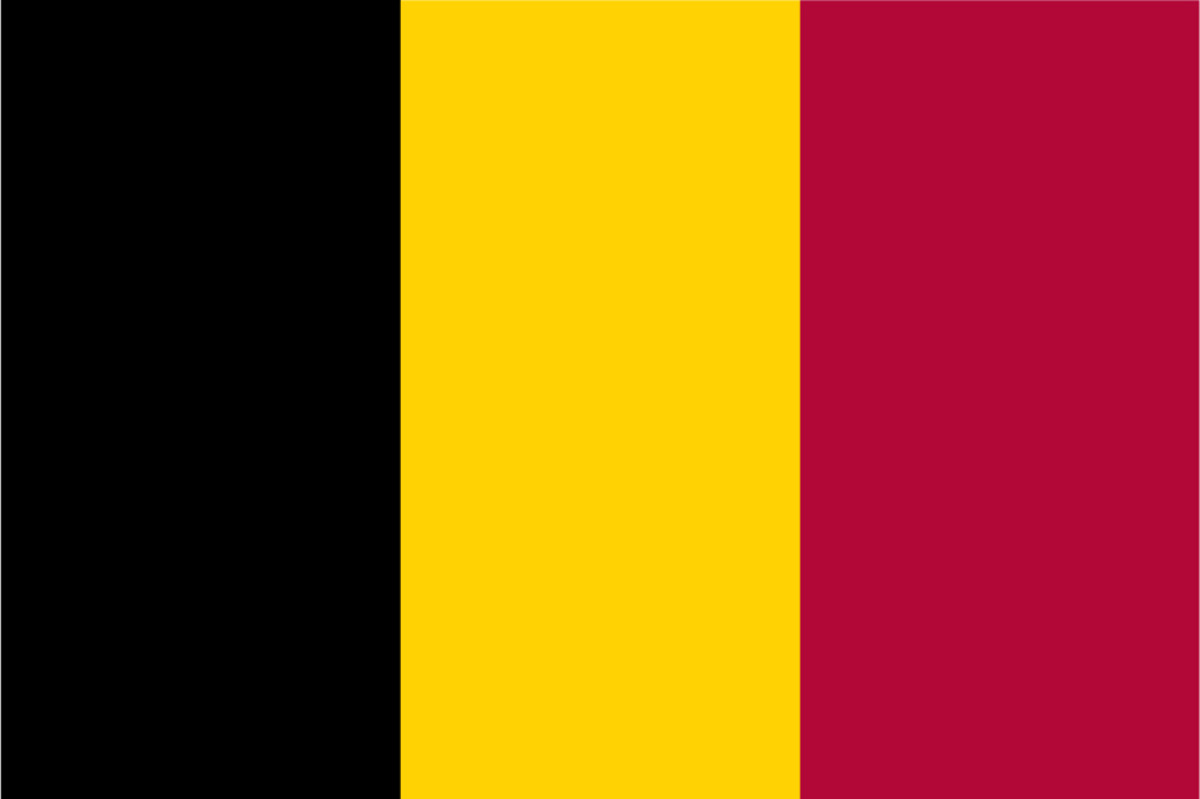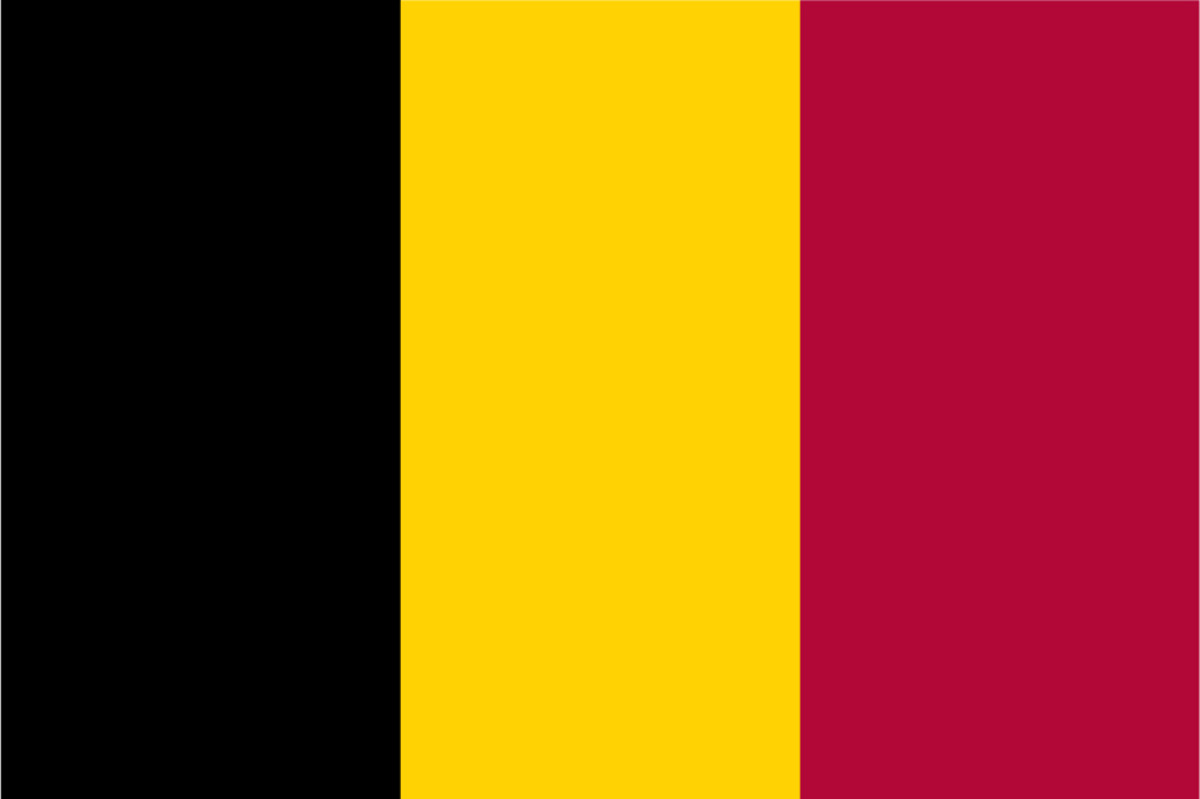Visiting the Royal church of Laeken, Brussels, Belgium: burial place of Belgian monarchs and their consorts

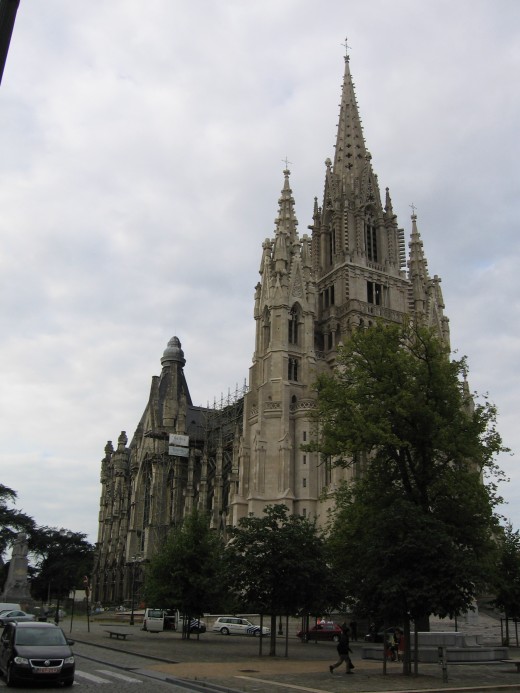
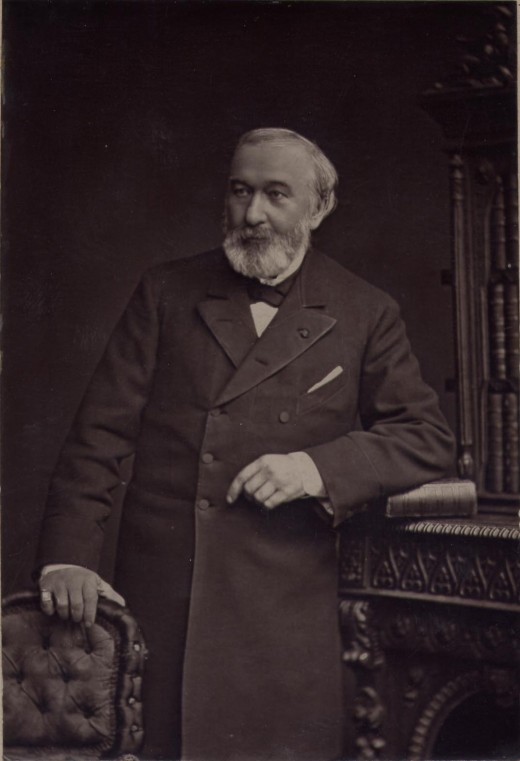
Gothic distinction for royal parishioners
The architect for this church, executed in Gothic style, was Joseph Poelaert, who was responsible also for many prominent, 19th century buildings in Brussels. A noted feature of the church is its series of particularly pronounced Gothic pinnacles. Unfortunately, because of the disruption to Brussels residents caused by some of Architect Poulaert's building plans, particularly in regard to his Palace of Justice (French: Palais de justice ; Dutch: Justitiepaleis ), he became so unpopular that some local people used the term 'architect' as an expletive. However, as architect of the royal church at Laeken, Architect Poelaert was well regarded by King Leopold I of the Belgians, who exercised the principal initiative for the church at Laeken.
While the church was later the burial place for Belgium's monarchs, King Leopold I's main purpose in commissioning the building was as a resting place for the remains of his Queen Consort, Louise-Marie of Orléans (1812-1850). King Leopold I of the Belgians (who reigned from 1831 to 1865) was himself buried at the church crypt. Other Belgian monarchs also buried there have been King Leopold II (who reigned from 1865 to 1909); King Albert I (reigned 1909-1934); King Leopold III (reigned 1934-1951)(1) and King Baudouin I (reigned 1951-1993). Also buried in the royal crypt at Laeken is Charles of Belgium, Count of Flanders, who served at Regent of Belgium from 1944 until 1950, in the absence of King Leopold III. Various other members of Belgium's royal family are also buried there, including Charlotte of Belgium, who was Empress Consort of Mexico from 1864-1867.
The foundation stone was laid by King Leopold I of the Belgians in 1854. The church began to be regularly used in 1872 and finally completed in 1909.
The nearby castle of Laeken remains the residence of the Belgian monarch and royal family (the Royal Palace, opposite Brussels Park, is essentially a working edifice).
A note on spelling
'Laeken' is the obsolete spelling in Dutch, which is still used in French, and thus usually employed in English also. The current spelling in Dutch is 'Laken', but because Brussels is officially bilingual in French and Dutch, the current Dutch spelling tends not to predominate, except in Dutch.
Note
(1) From 1940, King Leopold III was a prisoner of the Nazi German invaders at Laeken, and subsequently in Germany and Austria; from 1944 to 1950 he was in exile from Belgium.
Also worth seeing
In Brussels itself there are numerous visitor attractions, a few of which inlcude: the Grand' Place; the Royal Palace and BELvue museum; the Erasmus House museum, Anderlecht; St Michael's Cathedral; the Brussels Stock Exchange building.
...
How to get there: Brussels Airlines flies from New York to Brussels Airport (Brussel Nationaal / Bruxelles-National ), from where car rental is available. However, the Metro is a very convenient way of getting around Brussels . Some facilities may be withdrawn, without notice. You are advised to check with the airline or your travel agent for up to date information.
MJFenn is an independent travel writer based in Ontario, Canada.
Other of my hubpages may also be of interest
- Visiting the Congress Column, Brussels, Belgium: remembering King Leopold I and the Belgian constitu
- Visiting the Palace of Justice at Brussels, Belgium: gigantic building, huge issues
- Visiting Anderlecht, Belgium: historical gem in bustling Brussels
- Visiting the Free University of Brussels, Belgium, with its neo-Baroque architecture: remembering Th
- Visiting the Royal Conservatory of Brussels, Belgium: Neo-Renaissance building where Adolphe Sax stu
